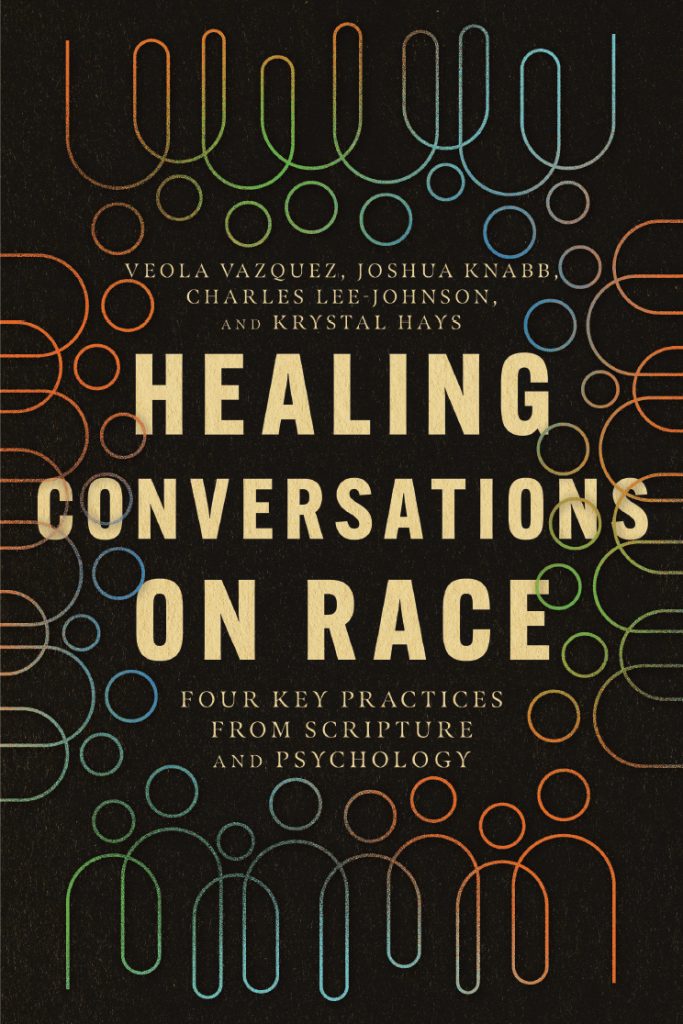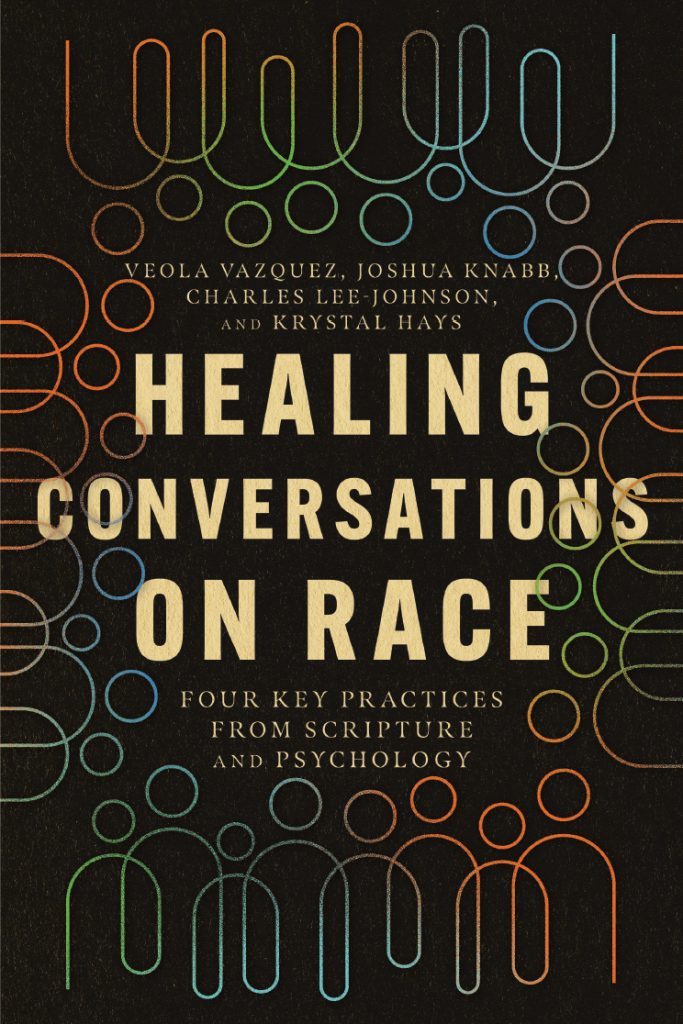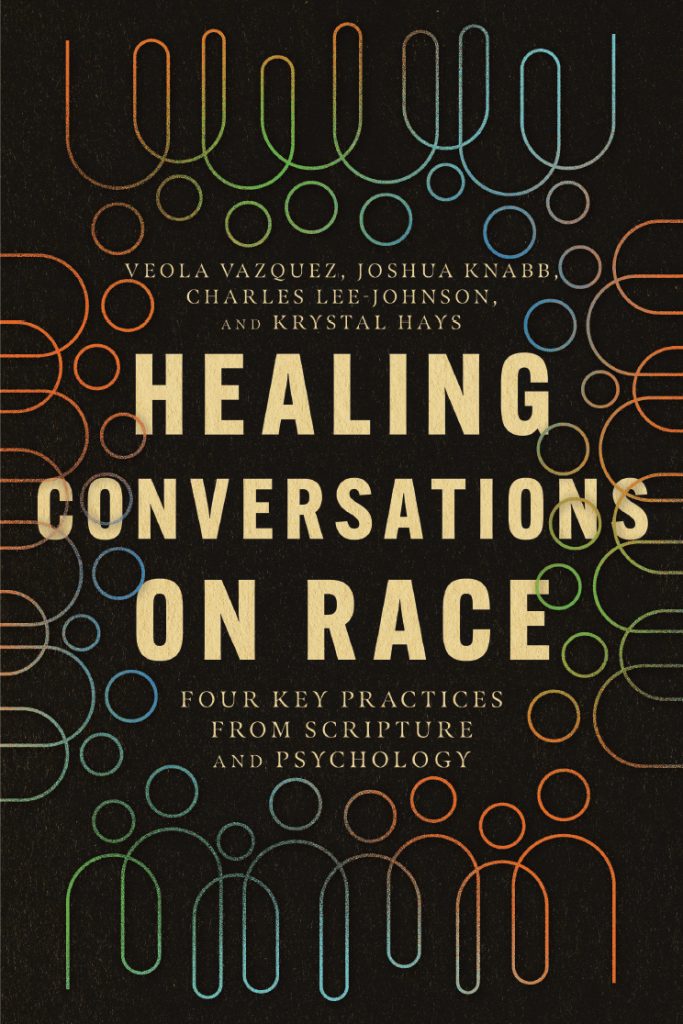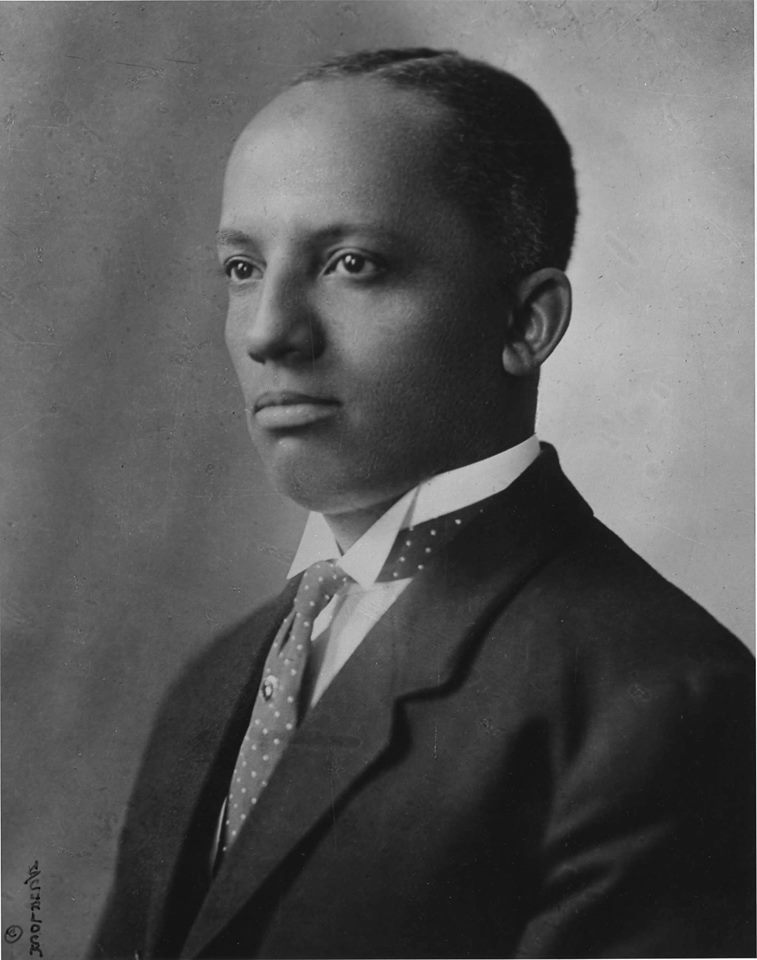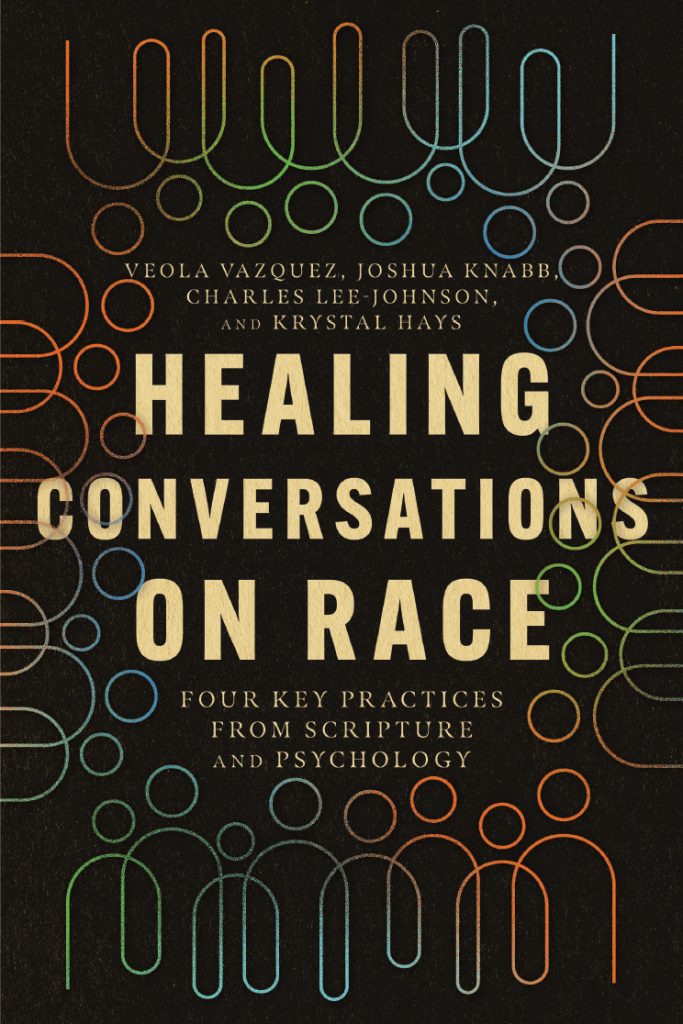INTRODUCTION
In education, academia, and various professions, there is a concept of faith integration that is of particular concern to persons of faith. The idea of faith integration or “faith and learning” is mentioned often but has several connotations that can make the subject difficult for the new student, scholar, or professional to grasp. This three-part article will attempt to describe three types of faith integration that are commonly engaged. They are:
- Faith and Learning
- Academic Integration
- Professional Ethics Integration
Each of these actually intersects with the others but it can be helpful to separate them for purposes of clarity. This three part article will address each of them in turn beginning with Faith and Learning.
Before addressing Faith and Learning, we need to understand the use of the term “Integration”. The term generally means to put two or more distinct items or concepts together. The purpose of integration then is to bring these items together for a greater good or use. I define the term integration, with regard to Faith and Learning, Academic Integration or Ethical Integration, as putting faith and knowledge into proper relationship. This definition of integration avoids blending or overlapping them. In this way, I attempt to maintain the integrity of each aspect being integrated while understanding the purpose and benefit for such integration.

FAITH AND LEARNING
In the case of Faith and Learning, we are putting one’s personal faith tradition and education into proper relationship. This is the most personal and individual level of integration. Faith and learning recognize that as a person of faith, there is an impact of one belief system and behavior connected to that faith tradition. The impact is on how one engages in education, both formal and informal. How a person learns is often dependent on their perspective on the nature of knowledge and their concept of reality. This determines what they will consider worthy of study and investigation. This also varies based on one’s exposure to modes and contexts of learning.
Historically, Christianity follows its Jewish roots as a literate faith. Adherents to Christianity have generally been encouraged to read and write the scriptures and to engage knowledge regarding the creation and humanity in relationship to scripture as a revelation of truth. While literacy is not required in all modes of learning, its historic benefit for access to knowledge is unparalleled. Libraries are the collective memory of humanities searching and understanding on reality and life.

For the Christian growing up in a religious home and community, the process of learning is an integration of one’s faith tradition and culture. Faith formation of children in religious homes and congregations has often been intended to be synchronistic. The faith tradition and cultural knowledge are internalized at the same time and at the level of the child’s maturity. This can, at times, be difficult to separate because the cultural tradition and faith tradition form a single learning experience for the child. They become a second nature. In other cases, because the learning is taught separately as in a public school and a separate religious instruction, the learning of these may be separated and result in a more compartmental yet parallel integration. This will also be affected by the compatibility between the faith tradition and the general culture. When the faith tradition is the dominant one to the culture, a greater compatibility exists between ethnic and religious identity and cultural belonging. When the religious tradition or family ethnicity is not the dominant cultural expression, a greater sense of marginality with regard to personal identity may be manifested.
For the convert, the faith must be learned and integrated into an existing knowledge of the cultural way of life. This is certainly true of adult converts. This transformational integration of faith will involve some conflicts and changes in priorities resulting from the faith being internalized. Again, much of this depends on the amount of conflict or compatibility that exists between the dominant culture and the faith tradition.
At the heart of faith and learning is the development or changing of the worldview and identity of the individual person. Worldview is formed as one learns their culture and faith tradition and therefore it both guides and limits the parameters of experience.

Whether the process is synchronized or a conversion transformation, the student engages knowledge against a background of religion and education that has been internalized and informs their personality and character. This is integral to their identity and perception of reality and influences and affects their learning style and content.
Because this is the most individualized aspect of integration, more cannot be said about it in this article. But the other forms of faith integration, Academic and Ethical, can be separately discussed with regard to their characteristics and dynamics. In part two of this blog I will address academic Integration. For our purposes, this will be focused on the integration of Theology and the Behavioral Sciences.
This is part one of the Faith Integration series, be sure to check out part two and part three!

















